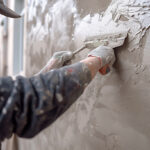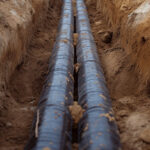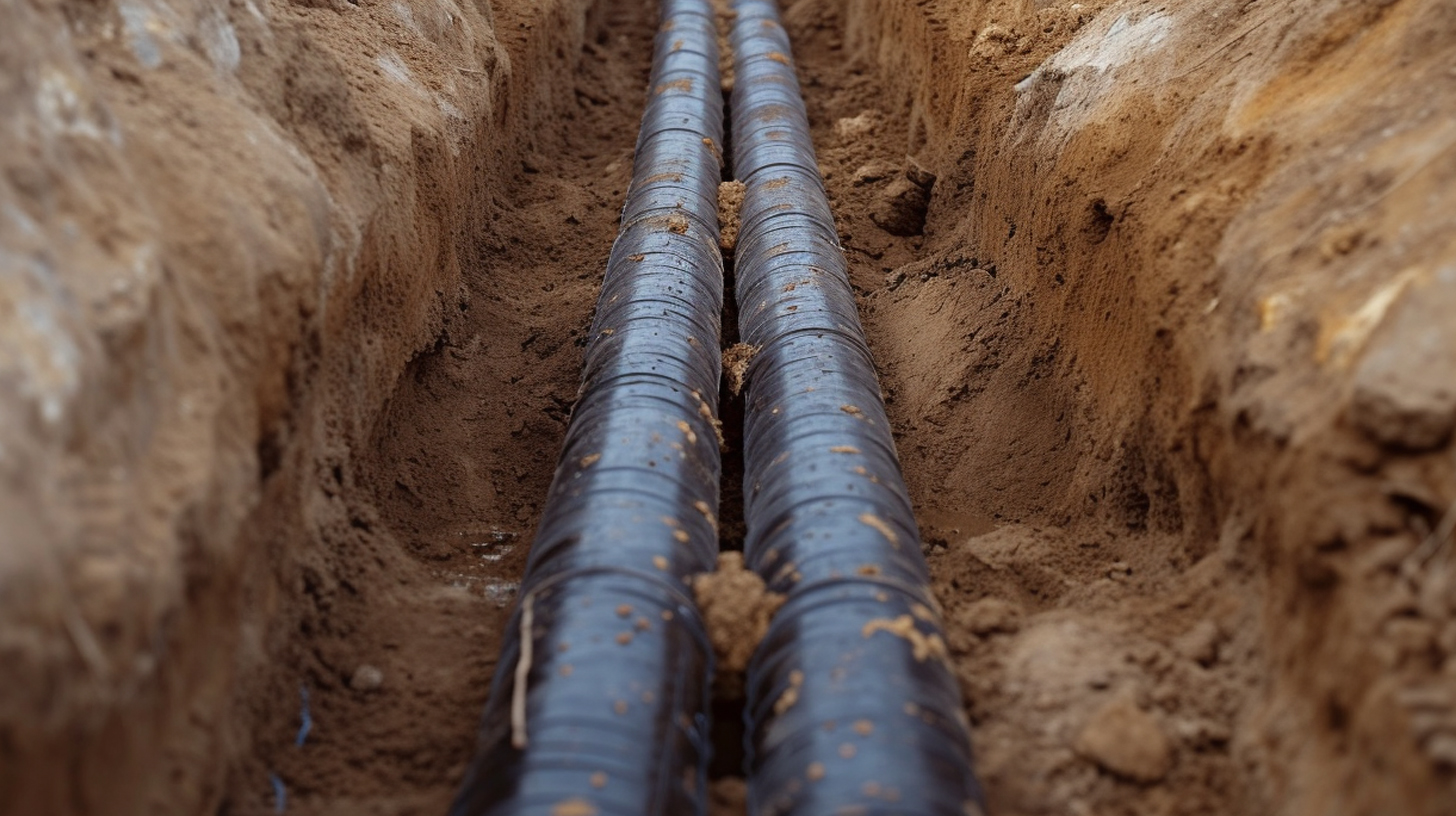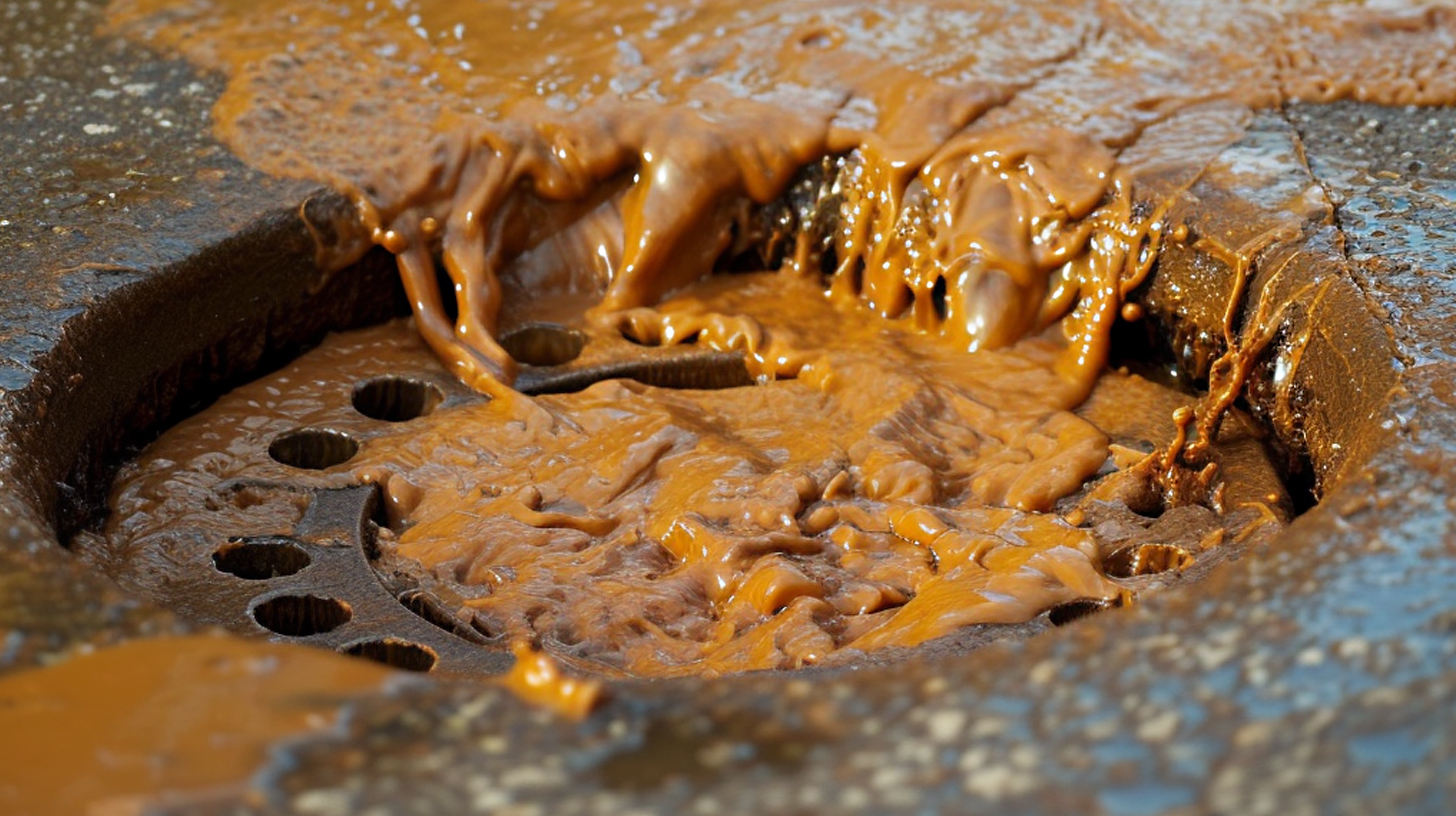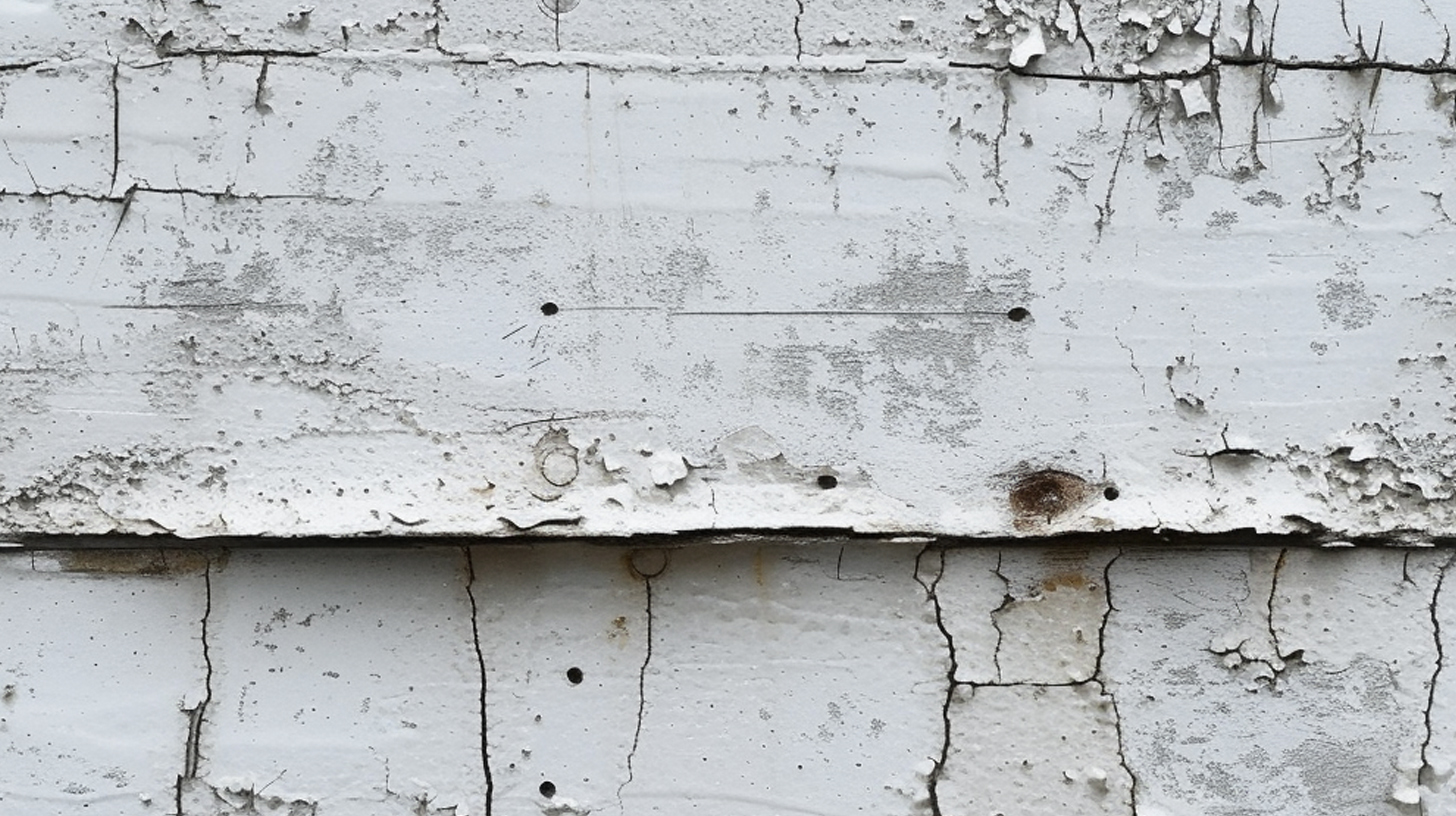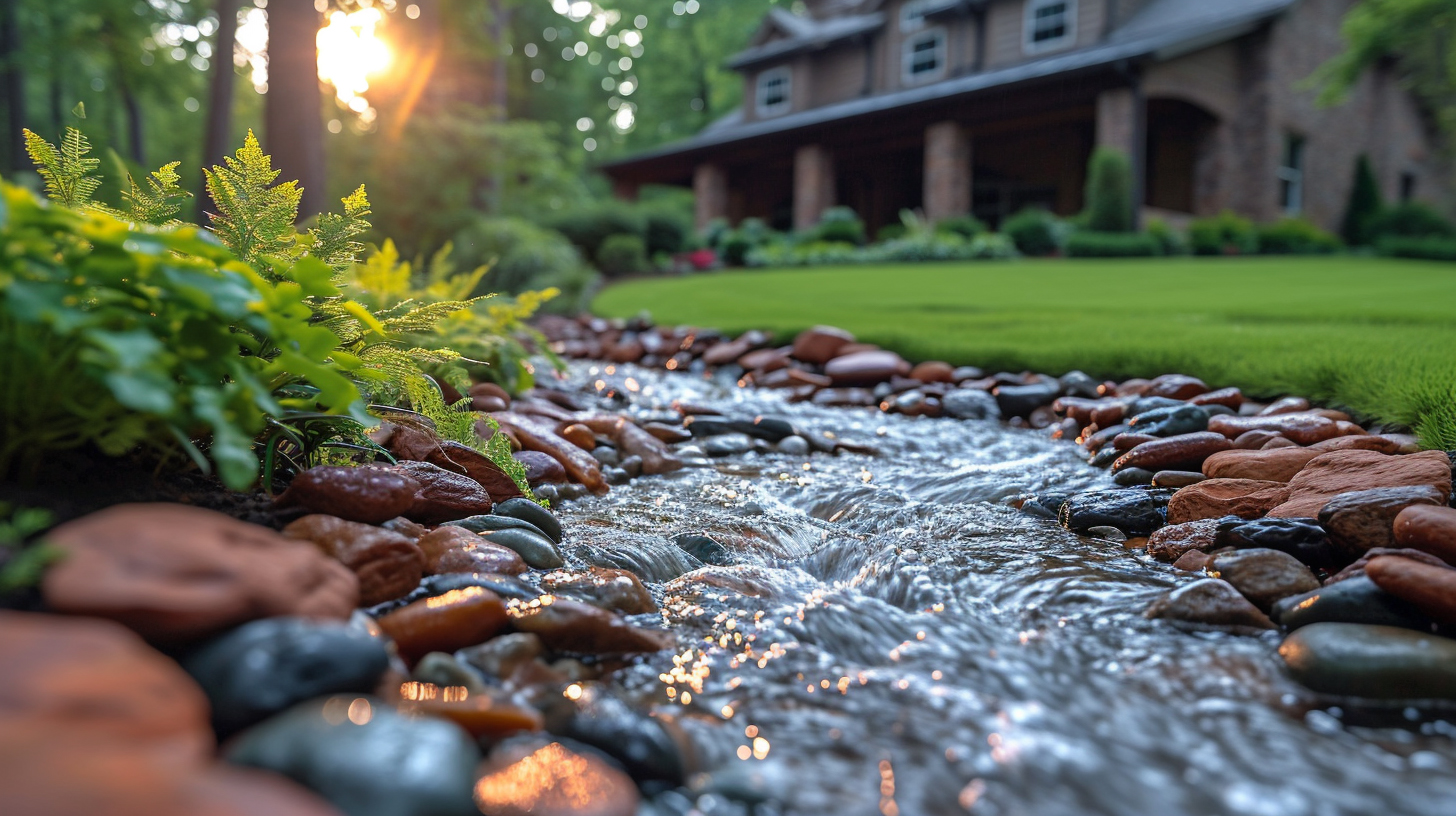Footing drains, also known as foundation drainage systems, perimeter drains, weeping tiles, or French drains, are essential components in basement waterproofing. These systems are designed to redirect groundwater away from a building’s foundation, preventing water infiltration and potential structural damage.
Typically installed around the perimeter of a home’s foundation, footing drains consist of perforated pipes surrounded by gravel or crushed stone. This arrangement allows water to enter the pipes easily while filtering out soil and debris. The collected water is then channeled away from the foundation, either through gravity or with the assistance of a sump pump.
The primary purpose of footing drains is to maintain a dry basement and protect the structural integrity of the building. By effectively managing water accumulation around the foundation, these systems help prevent issues such as hydrostatic pressure, which can lead to cracks, leaks, and even foundation settling.
Proper installation and maintenance of footing drains are crucial for their effectiveness. Regular inspections and cleaning can ensure optimal performance, safeguarding your home against water-related damage and maintaining a dry, healthy living environment.
How Footing Drains Work: The Mechanics Behind Water Diversion
Footing drains play a crucial role in effective water management and groundwater control around buildings. These systems operate on a simple yet ingenious principle to divert water away from foundations, preventing potential structural damage and moisture issues.
The core component of a footing drain is a perforated drainage pipe installed around the perimeter of a building’s foundation. This pipe is typically placed at or below the level of the foundation footing. The perforations allow groundwater to enter the pipe, which then channels the water away from the structure.
To enhance the system’s efficiency, the drainage pipe is surrounded by a layer of gravel backfill. This gravel serves two important purposes: it acts as a filter, preventing soil particles from clogging the pipe, and it facilitates faster water movement towards the pipe. The gravel’s porous nature allows for improved soil percolation, enabling water to move more freely through the ground and into the drainage system.
As water accumulates in the soil surrounding the foundation, it naturally flows towards the area of least resistance – in this case, the gravel-filled trench containing the drainage pipe. Once inside the pipe, gravity takes over, guiding the water along the slight gradient of the pipe to a designated outlet point, typically a storm sewer, dry well, or surface discharge area away from the building.
By effectively managing groundwater levels around a structure, footing drains help maintain the integrity of foundations and basements, reducing the risk of water infiltration and associated problems like mold growth and structural weakening.
Types of Footing Drains: Interior vs. Exterior Systems
When it comes to protecting your home’s foundation from water damage, there are two main types of footing drains: interior and exterior systems. Both serve the crucial purpose of diverting water away from your foundation, but they differ in their installation and functionality.
Exterior footing drains, also known as French drains, are installed around the perimeter of your home’s foundation during construction. This system typically consists of perforated pipes surrounded by gravel, which collect and redirect groundwater away from the foundation. The drain tile is usually connected to a discharge point or a storm sewer system, allowing water to flow away from your property.
Interior footing drains, on the other hand, are installed inside the basement or crawl space. This system involves creating a trench around the inside perimeter of your foundation walls, installing a perforated pipe, and connecting it to a sump pump. The sump pump then actively removes collected water from your home, discharging it to a safe location away from the foundation.
Both systems have their advantages. Exterior drains are less intrusive and can prevent water from entering your home in the first place. Interior drains, while more disruptive to install in existing homes, can be highly effective in managing water that has already penetrated the foundation. The choice between the two often depends on factors such as the age of your home, soil conditions, and the severity of your water issues.
The Effectiveness of Footing Drains in Preventing Water Damage
Footing drains play a crucial role in moisture control and basement flooding prevention, offering an effective solution for homeowners concerned about water damage. These systems are installed around the perimeter of a building’s foundation, typically at the same level as or slightly below the footer. Their primary function is to collect and redirect groundwater away from the structure, significantly reducing hydrostatic pressure on foundation walls.
By intercepting water before it can accumulate against the foundation, footing drains provide essential protection against moisture intrusion and potential structural damage. This proactive approach to water management is particularly beneficial in areas with high water tables or properties prone to excessive runoff during heavy rainfall.
The effectiveness of footing drains in foundation protection is well-documented. When properly installed and maintained, these systems can dramatically decrease the risk of basement flooding, helping to preserve the integrity of the building’s foundation and prevent costly water damage repairs. Additionally, by reducing moisture levels around the foundation, footing drains contribute to a healthier indoor environment by minimizing the potential for mold growth and other moisture-related issues.
While footing drains are most commonly installed during new construction, they can also be retrofitted to existing homes as part of a comprehensive waterproofing strategy. When combined with other moisture control measures, such as proper grading and gutter systems, footing drains provide a robust defense against water-related foundation problems, ensuring long-term structural stability and peace of mind for homeowners.
Installation Process: What to Expect When Adding a Footing Drain
The installation of a footing drain involves several key steps that homeowners should be aware of. The process begins with excavation around the foundation, typically to a depth that reaches the footing. This step requires careful planning to avoid damaging existing structures or utilities.
Next, a perforated drain pipe is installed along the perimeter of the foundation. This pipe is crucial for collecting and redirecting water away from the home’s foundation. Proper grading is essential during this phase to ensure water flows effectively through the system.
After the pipe is in place, the area is backfilled with gravel or crushed stone to promote drainage. This material acts as a filter, preventing soil from clogging the pipe while allowing water to pass through freely.
The final steps involve backfilling the remaining excavated area with soil and addressing landscaping considerations. This may include regrading the surrounding land to direct surface water away from the foundation and reinstating any affected landscaping features.
Throughout the installation process, it’s important to consider local building codes and potentially obtain necessary permits. Professional installation is often recommended to ensure the system functions correctly and provides long-lasting protection for your home’s foundation.
Maintenance and Troubleshooting: Keeping Your Footing Drain Functional
Regular maintenance is crucial for keeping your footing drain in optimal condition. Start with routine drain cleaning to prevent the buildup of debris and sediment that can impede water flow. Be vigilant about root intrusion, especially if you have trees near your foundation, as roots can penetrate and damage pipes over time.
If you notice signs of clogged pipes, such as water pooling around your foundation or damp basement walls, address the issue promptly. Sometimes, a simple DIY solution like using a plumbing snake can resolve minor clogs. However, for more stubborn blockages or if you’re unsure of the problem’s extent, it’s wise to call in professionals.
Periodic drainage inspections can catch potential issues before they become major problems. These inspections might involve camera surveys of the pipes to identify any damage, blockages, or areas of concern. Professional maintenance services can provide thorough cleaning, repair any damaged sections, and ensure your footing drain system is functioning as intended.
Remember, a well-maintained footing drain is key to protecting your home’s foundation and preventing water damage. Don’t hesitate to seek expert help if you encounter persistent drainage issues or if it’s been a while since your last system check-up.
Cost Considerations: Is a Footing Drain Worth the Investment?
When considering the installation of a footing drain, it’s crucial to weigh the costs against the potential benefits. Installation costs can vary significantly depending on factors such as property size, soil type, and local labor rates. On average, professional installation can range from $5,000 to $15,000 or more. However, these upfront expenses should be balanced against long-term savings and benefits.
A properly installed footing drain can prevent costly water damage to your home’s foundation, potentially saving thousands in repair costs over time. Additionally, it can increase your property value by addressing a common concern for homebuyers. Some insurance companies may offer reduced premiums for homes with effective water management systems, providing further financial benefits.
For those considering a DIY approach to save money, it’s important to note that footing drain installation requires specialized knowledge and equipment. Improper installation can lead to ineffective drainage or even exacerbate existing water issues. While DIY might seem cost-effective initially, the potential for errors and subsequent repairs could outweigh any savings.
Ultimately, the decision to invest in a footing drain should be based on your specific circumstances, including your home’s location, existing water issues, and long-term plans for the property. Consulting with a professional can help you make an informed decision about whether this investment is worthwhile for your situation.
Alternatives to Footing Drains: Exploring Other Waterproofing Methods
While footing drains are a popular choice for waterproofing basements and foundations, there are several effective alternatives worth considering. Surface grading is a crucial first step, ensuring that the ground slopes away from your home’s foundation to direct water away naturally. Properly installed gutters and downspouts play a vital role in managing rainwater, channeling it away from the structure’s base.
Waterproof coatings applied to exterior foundation walls can create a barrier against moisture infiltration. These sealants come in various forms, including liquid rubber and cement-based products, offering long-lasting protection. Landscaping solutions, such as French drains or swales, can redirect surface water and improve overall drainage around your property.
For homes prone to water accumulation, sump pump systems can be highly effective. These devices automatically remove water that collects in a sump pit, preventing it from seeping into your basement. When combined with interior drainage channels, sump pumps provide a robust defense against water intrusion.
By implementing a combination of these methods, homeowners can create a comprehensive waterproofing strategy tailored to their specific needs and property conditions, often achieving results comparable to or even surpassing traditional footing drains.
Making an Informed Decision About Footing Drains for Your Home
In conclusion, deciding whether to install footing drains for your home requires careful consideration of various factors. While these drainage systems can effectively protect your foundation from water damage and moisture issues, they may not be necessary or cost-effective for every property.
Before making a decision, it’s crucial to assess your home’s specific needs, including its location, soil type, and existing water management systems. Consulting with a professional contractor or structural engineer can provide valuable insights into your property’s unique requirements and help you determine if footing drains are the right solution.
Remember that proper installation and regular maintenance are essential for the optimal performance of footing drains. If you do choose to install them, ensure that you work with experienced professionals who can guarantee quality workmanship and compliance with local building codes.
Ultimately, investing in a comprehensive water management strategy for your home, which may or may not include footing drains, can provide long-term benefits in terms of structural integrity, indoor air quality, and overall property value. By weighing the pros and cons and seeking expert advice, you can make an informed decision that best protects your home and investment for years to come.


